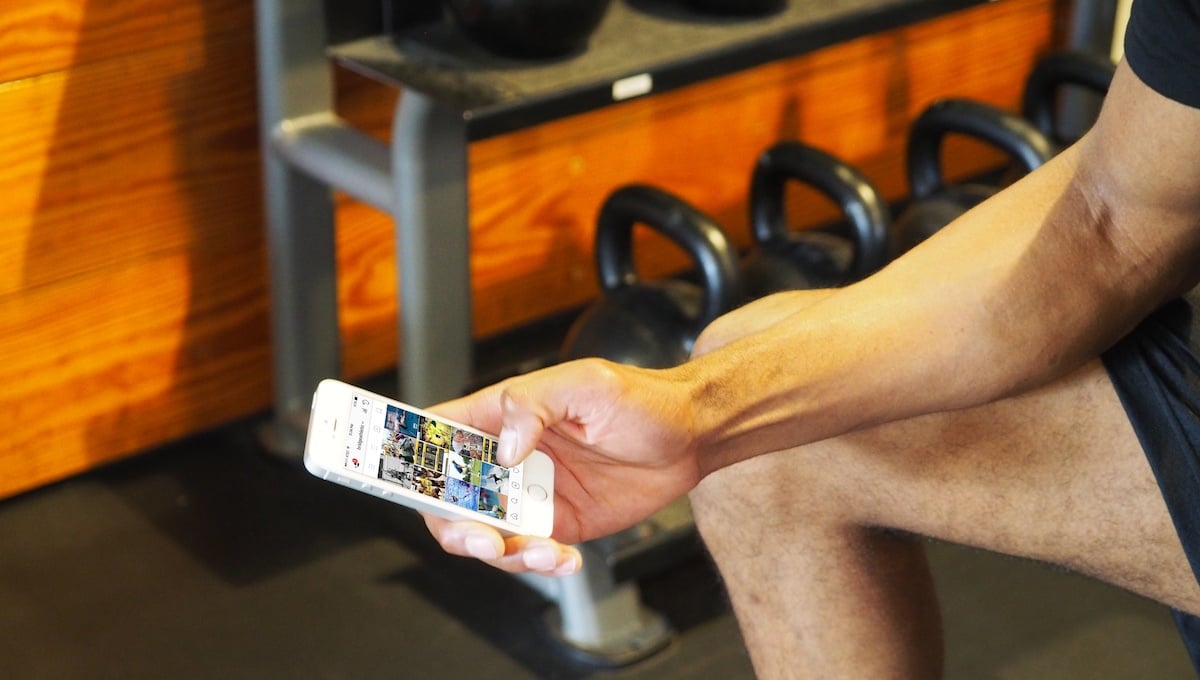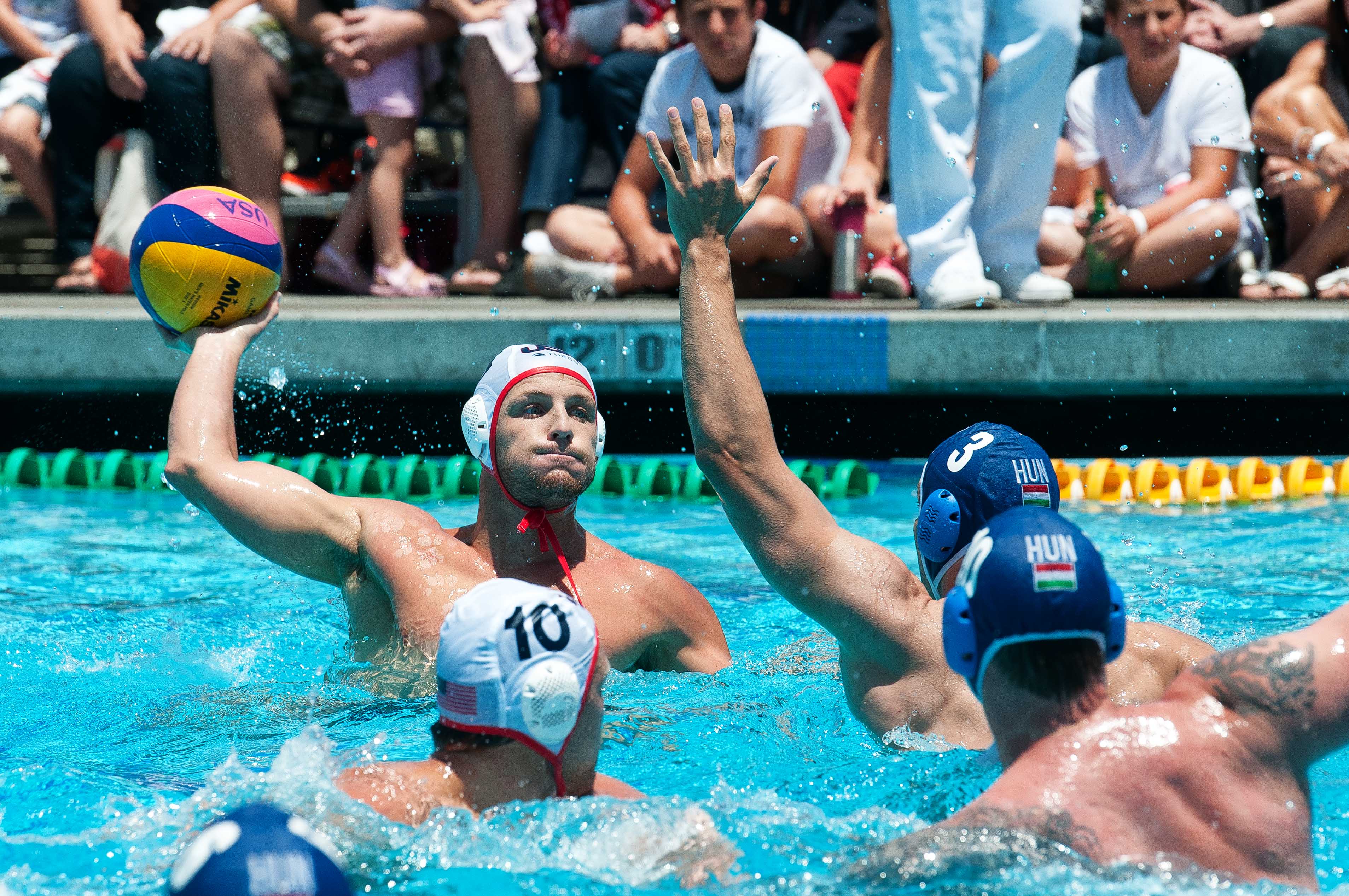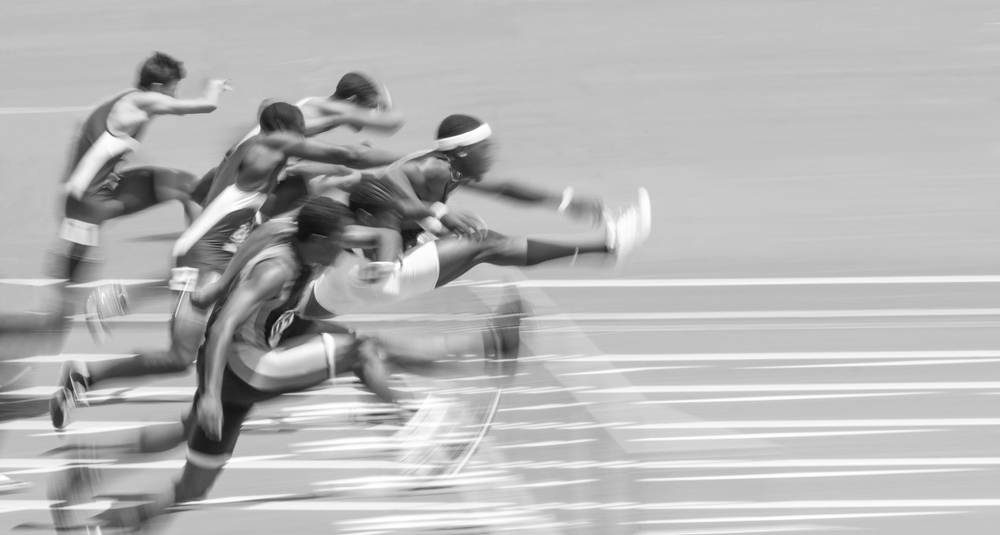How to Nail the Taper
 Every taper is unique (and it should be). You are a different age, have trained slightly or dramatically differently than the year before, and may be competing in different events. Your coach knows how you respond to rest and will create the taper you need.
Every taper is unique (and it should be). You are a different age, have trained slightly or dramatically differently than the year before, and may be competing in different events. Your coach knows how you respond to rest and will create the taper you need.
The idea behind taper is to reach the body’s peak performance level by diminishing training volume—enabling the body to recover from the physiological stress of months of heavy training. Literature suggests that the taper period should involve a reduction to 40-60% of one’s training volume to maximize performance gains. The most effective taper model in one study achieved that reduction in training volume through a 37% decrease in low-intensity training, a 49% decrease in high-intensity training, and a 95% decrease in strength training. This means taper will likely include some speed work (a must for rehearsing parts of your competition), a fair amount of easy practice, and little to no weightlifting.
You have spent the year building up strength, power and speed in the weight room, but in order to let that hard work help you perform, the strength training must decrease. Studies suggest that muscle strength and power may be suppressed during heavy training, but recover and peak during the taper period. An increase in stretching, foam rolling and simple bodyweight exercises should replace the strength training for a dryland that focuses on keeping your patterns of movement fluid, your range of motion at its maximum, and your muscles loosened.
While your muscles need recovery, remember to work each day of taper the way it is designed for you. On a moderate volume day, stay aerobic with your practice. On recovery days, simply enjoy the light training! When dealing with multiple peak performance competitions, maintaining a slightly elevated training volume before the first competition helps keep endurance up for the next, and light strength training may persist throughout the rest of your championship phase.
With so much focus dedicated to recovery, athletes can over-analyze how their bodies feel. It’s okay to feel stiff—remember that how you feel doesn’t necessarily correlate with how well you perform. Execute your taper with focus and integrity, but enjoy it fully!
Leading up to the taper, discover how to use progressions in strength training to improve performance.
References:
1. J Sports Sci Med. 2013 Dec 1;12(4):668-78. eCollection 2013. Identifying Optimal Overload and Taper in Elite Swimmers over Time. Hellard P, Avalos M, Hausswirth C1, Pyne D2, Toussaint JF3, Mujika I4.
Related Posts

Beating Jet Lag and Nutrition on the...
It is important for athletes to understand how travel during the competition season affects their...

Can Social Media Provide a Competitive...
There are endless forms of technology in today’s tech-savvy world, and social media, in particular,...

Water Polo Leg Strength Progression
There are many different elements that strength coaches must consider when designing water polo and...


